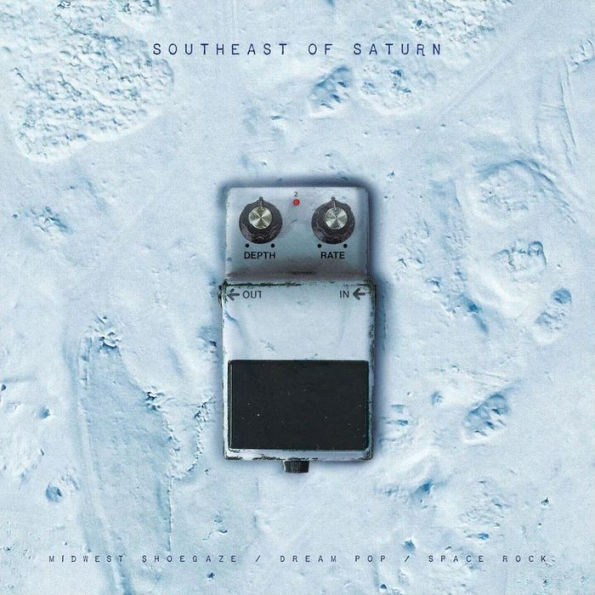2020's
Southeast of Saturn compilation gathered some deeply obscure gems from the Detroit-area space rock scene of the 1990s, offering an introduction point to a specific moment in independent music history that was at least partially defined by how unknown its artists were. Volume 2 of the series continues the mission of collecting archival evidence of '90s shoegaze, space rock, and cosmic pop glory, this time extending its reach past Michigan to include entries from various Midwestern bands of the same ilk who were active around the same time. Much like the first volume,
Southeast of Saturn, Vol. 2 has almost no immediately recognizable names, and feels even more fragmented this time around due to how the playlist breaks from focusing on just one regional scene. The comp begins with a track from Minneapolis'
Colfax Abbey and the
Swervedriver-indebted "How to Be A+" by Illinois band
Starphase 23 before returning to Michigan with the spectral instrumental "Rhodes" from Detroit's
Monaural. Other Michigan groups like
Sabine and
Veronica Lake contribute some of the compilation's better tracks, though a smattering of bands from Chicago, Minnesota, and even as far out as Kansas help give a broader sense of what was going on under the radar with Midwestern shoegaze and spaced-out indie rock in the mid-'90s. While the influence of
My Bloody Valentine loomed on some of the most visible bands of the era,
Southeast of Saturn, Vol. 2 highlights how much of an impact the earliest releases from
Kranky had on lesser-known mind-expanders. Chicago's
Grimble Grumble stretch out on "Odyssey and Oracle," a tune that feels akin to
Bowery Electric or
Jessamine, while
Ousia's "Pure Surface Theory" is abstract and ambient along the lines of
Labradford's earliest output. The curation of
Southeast of Saturn, Vol. 2 is as considered as it was on the first volume, moving pleasantly from dreamy drifters like
the Sunflower Conspiracy's
Cocteau Twins-esque "Belle Chase" to fuzzy rocking from
the 27 Various and druggy drones from
Novasonic Down Hyperspace. While the first installment felt more unified by its specific Michigan connective tissue, Vol. 2 is just as strong if more varied, and opens the door for even more unearthing of hidden space rock mysteries on subsequent volumes of the series. ~ Fred Thomas


